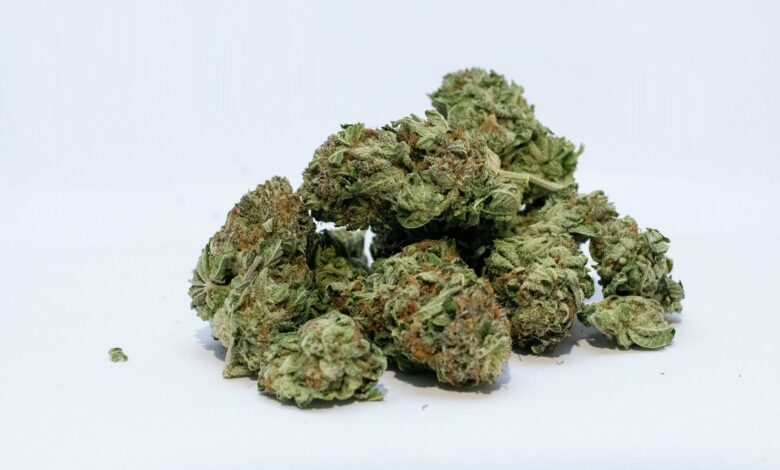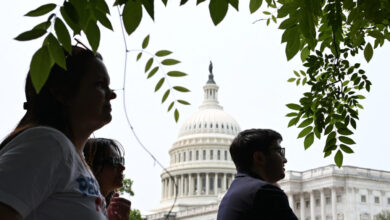Cannabis use reaches a new high among older adults

The use of marijuana among older adults in the United States has seen a significant increase, with 7% of adults aged 65 and over reporting using it in the past month. This data comes from a study led by researchers at the Center for Drug Use and HIV/HCV Research at the NYU School of Global Public Health.
Published in JAMA Internal Medicine, the study reveals a shift in the profile of cannabis users among older adults. There has been a notable increase in use among older adults who are college-educated, married, female, and have higher incomes. This change reflects the evolving landscape of marijuana legalization across the country, with most Americans now living in states where marijuana is legal for medical or recreational use.
To gather this information, researchers analyzed data from the National Survey on Drug Use and Health from 2021 to 2023. The study focused on adults aged 65 and older and their current cannabis use, which showed a substantial increase from 4.8% in 2021 to 7% in 2023—a nearly 46% rise in just two years.
Certain demographic groups experienced a more significant increase in cannabis use, including married individuals, white adults, those with a college degree, and those with incomes over $75,000. Interestingly, older women saw a sharp rise in cannabis use, although older men still have a higher prevalence of use.
The study also found that older adults with chronic diseases, such as heart issues, diabetes, and cancer, showed significant increases in cannabis use. The authors caution that while the overall increase in marijuana use may be influenced by aging trends, healthcare providers should be aware of this growing trend and educate their older patients about the potential risks and benefits of cannabis use.
As the acceptance and availability of cannabis continue to rise, especially in states where medical marijuana is legal, it is essential for clinicians to screen and educate older patients about its use. The study emphasizes the importance of understanding how aging affects sensitivity to psychoactive substances and the potential complications cannabis use may have on managing chronic health conditions.
In conclusion, the study sheds light on the growing trend of marijuana use among older adults and underscores the need for healthcare providers to stay informed and educate their patients about the implications of cannabis use in later life stages. This evolving landscape calls for a proactive approach to address the unique needs and challenges of older adults who choose to use cannabis for medical or recreational purposes.





